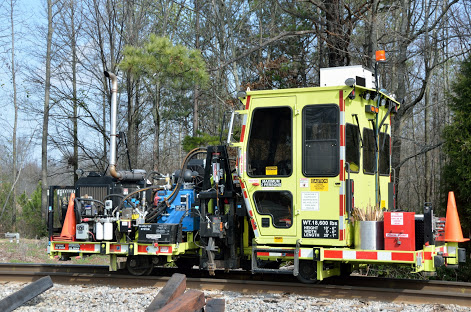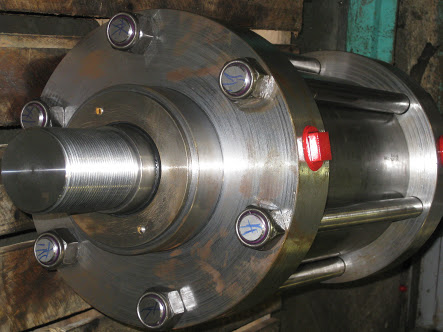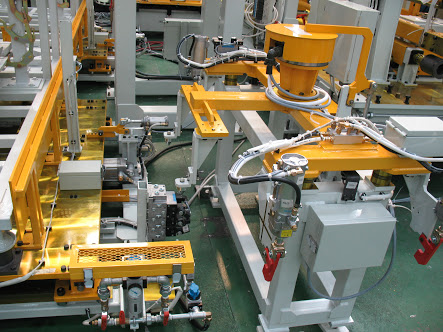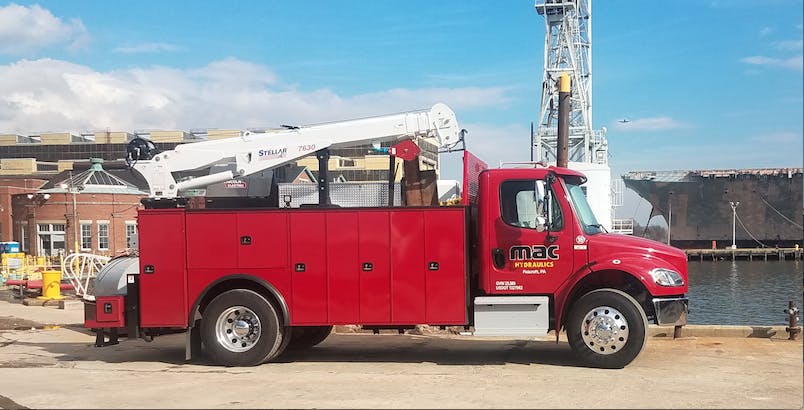If you work with hydraulic equipment, you are probably aware of the need for preventative maintenance. Equipment that is not running at peak performance creates waste and the threat of downtime, which in turn causes the loss of both money and valuable time. Equipment will suffer from breakdowns and the loss of efficiency, but the practice of preventative maintenance will mitigate, or even eliminate, such problems. This allows your business to function smoothly and without interruption.
Regular, scheduled maintenance of equipment includes work such as lubrication, adjustments, repairs, and diagnostics. These tasks should be carried out by expert, licensed technicians who have years of experience serving clients in your industry.
Preventative Maintenance vs. Reactive Maintenance

They say that an ounce of prevention is worth a pound of cure. At MAC Hydraulics, we agree. Preventative maintenance can catch minor as well as advanced problems with systems before they lead to further damage or system failure. On the other hand, the reactive maintenance approach delays maintenance until a potentially serious issue occurs, leaving fewer options and a costlier repair process. Most people know that preventive maintenance is more effective and efficient than reactive maintenance. Unfortunately, that doesn’t mean they integrate this beneficial maintenance program into their businesses, which potentially puts them at risk of extended downtimes and expensive repairs.
Preventative maintenance adheres to a predefined schedule according to the equipment manufacturer’s instructions. An important advantage to scheduling maintenance is the ability to prepare in advance for equipment that is taken offline. Scheduling maintenance months or even only weeks ahead of time allows crews to work around maintenance days, which is a far better scenario than shutting down mid-production for a piece of equipment that fails. Preventative maintenance also decreases the number of potential accidents and safety violations during the normal use of equipment.
The aftermath of unexpected equipment failures disrupts production and ultimately affects the bottom line. Therefore, reactive maintenance can be expensive and time consuming. Sudden downtime typically results in paying more for replacement parts, lost revenue, and idle employees.
Preventative Maintenance for Hydraulic Components – Cylinders, Pumps, Motors, and Valves

Preventative maintenance of hydraulic components typically includes equipment such as cylinders, pumps, motors, and valves. These components all have one thing in common: contaminants can severely impact their performance and damage them. This is why it is imperative to maintain hydraulic fluid and filters for optimum efficiency and minimal wear.
Contamination is the major source of damage to hydraulic cylinders, thus making contamination control a vital issue in preventative maintenance. Preventing contamination involves tasks such as the inspection and replacement of key components, like seals, air breathers, and filters. It also involves checking fluid cleanliness, either using the bottle sample method or a portable particle counter.
Another important task for maintaining hydraulic components is to inspect and change out the oil on a regular basis. The oil is usually checked after about 50 hours of use and changed after about 500 hours, but it depends on the oil and system. Always refer to the manufacturer’s recommendations. Oil temperature should be periodically examined during operation to detect any issues with overheating.
For pumps, maintenance involves a visual inspection for external damage or wear and, more importantly, checking about every 50 hours for evidence of cavitation (which occurs when the pump isn’t receiving sufficient fluid from the reservoir).
For motors, it is important to verify that they are being started and operated at the appropriate RPM. Also, the drive shaft of the motor should be examined regularly for evidence of leaks.
Valve casings need to be cleaned at least once a year (or more often if the environment is dusty). Valve hardware should be inspected on a regular basis, as well as verifying that they can still open and close. Visual inspection can reveal corrosion or mineral buildups on the casing which can be a sign of leaks that need to be addressed. Take advantage of plant shutdowns to pull the valves for inspection, cleaning, and replacement as needed.
Preventative Maintenance Should Be Handled By Professionals

It may seem easier and less expensive to leave preventive maintenance duties to the mechanics already on staff, but choosing to use current staff could prove more expensive and time-consuming in the long run. As intimately as existing employees know the ins and outs of your equipment, preventative maintenance is a specialty area that calls for an experienced and practiced hand.
Diagnosing hydraulic equipment issues can be a complex task for those who aren’t servicing equipment every day. Our expert technicians are trained to use special equipment for diagnosing problems in advance of a breakdown. Turn to Mac Hydraulics for the preventative maintenance tasks of your operations.
MAC Hydraulics — Preventative Maintenance That Keeps You in Business

MAC Hydraulics is a leader in the hydraulics equipment maintenance and repair industry. We service hydraulic equipment from various industries, including manufacturing, aviation, railroad, and waste management, just to name a few. Your equipment will be serviced and ready for you with minimal downtime. Our on-site maintenance unit is also available for work such as troubleshooting, hose replacement, and preventative maintenance.
No one in the business can deliver on quality and customer service like MAC Hydraulics. Call us today with any questions or for a speedy quote. We look forward to hearing from you!

